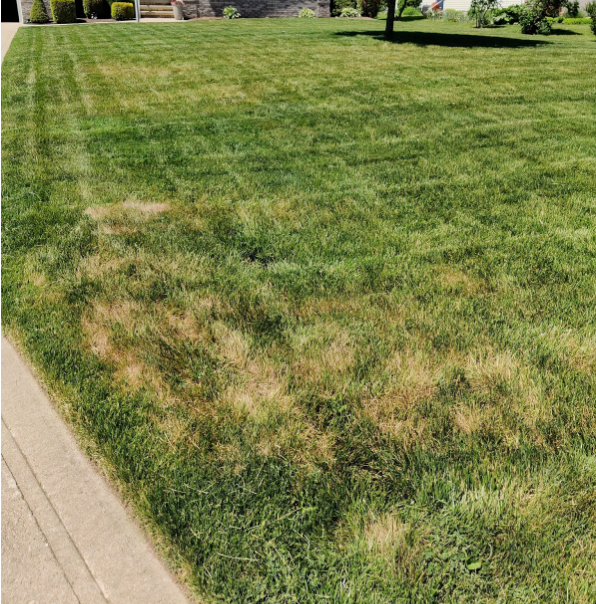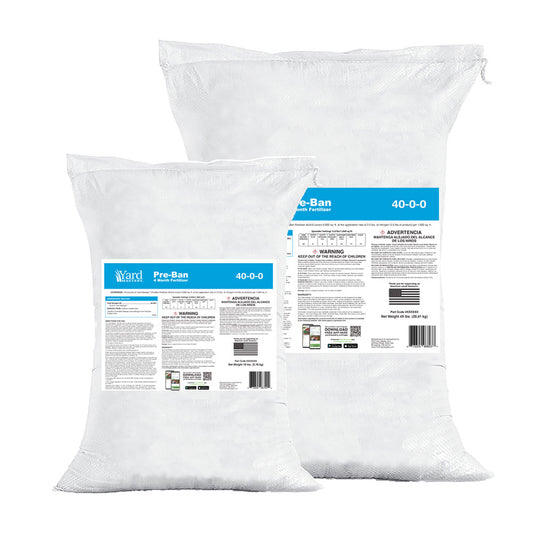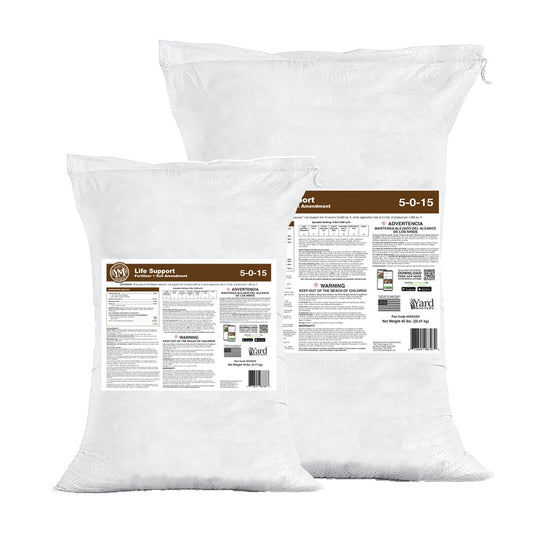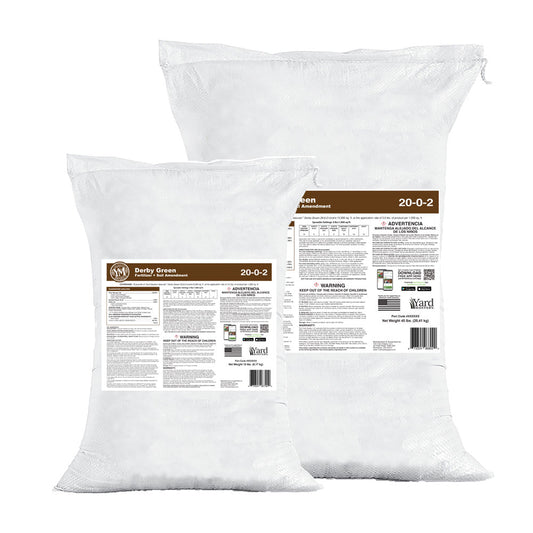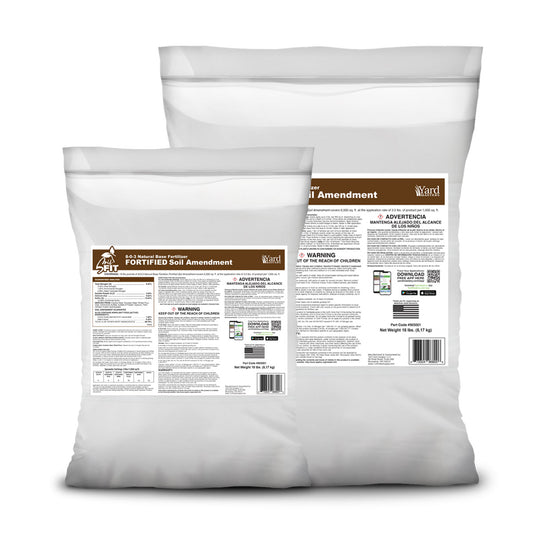
Cool Season Turf and Heat
I’ve used this term before but it’s worth a refresher: your cool season turf becomes “rain drunk” in spring. You could also call it “spring drunk” if you like. What I mean by this is the grass gets spoiled in spring with overcast skies (no direct sun), mild temperatures and rain, lots and lots of rain.
Then, every single year, there comes a time when you get your first taste of the summer weather which is direct sun all day with zero clouds and temps over 80, up to 85 and heading towards 90, and almost no rain.
Your grass is hungover from all the partying in the rain and the hot, direct sun zaps it. It kind of likes this change for 2 or 3 days but then on day 4 and 5 of the heat and sun, it gives up and decides to go into dormancy in some spots.
Remember, cool season turf goes dormant during extremes. You expect this in winter and you rarely think about it in summer but it’s the same thing. It’s your cool season turf’s way of protecting itself (or being lazy) during extremes.
Kentucky bluegrass is the worst for this. Perennial rye isn’t much better. Turf Type Tall Fescue is the best at handling heat in summer but even it gives up when temps near 88F or higher.
So here is are examples of photos I am seeing from across the internet. This first set comes out of the Indianapolis area and the brown spots just showed up in the last week.

Heat Stress - Lawn Detective
Now let’s look at the temps over the last couple weeks.

Looks like they went from some mild spring temps and jumped up to some summer-like temps pretty much overnight.
If you look at the pics, it’s the “hot zones” that are brown and that is just classic dormancy in cool season turf due to heat. The grass is not dead, it’s just gone dormant to protect itself against extremes. The hot zones have a couple things going against them.
- Heat radiates from the concrete and the metal plate.
- Those areas stay hotter longer even into the evening because of this.
- Roots are probably shallow there due to less room to spread.
- Soil in that area is probably affected by road salt from winter.
All of these factors contribute and there really isn’t much you can do about it. This is just one of the challenges you have to deal with during periods of summer heat around areas that hold heat during the day. Sometimes you can help this problem by using products like RGS and Air8 (compaction cure) to help push more roots, and Hydretain to help pull moisture from the air - but I don’t want you to think this is a miracle cure for an area like you see in these pictures - chances are this will always be a problem no matter what you spray there or how often you water.
Heat Stress - Lawn Detective
This next one was a fun one for me because it came in via email and I was able to play a little lawn detective. This is from Michael in Wisconsin. He had applied some bio-stimulants on a very hot day and thought maybe he burned his lawn. Here are some excerpts from his initial email (used with permission)
Email: June 10, 2020…
Michael S, Madison, WI
“Well that’s it. I done did it. After years of dominating, I screwed up… I sprayed 2 days ago around 8 pm (June 8), RGS, Humic12 and Air-8 … ...I left for work this morning (June 10) and the lawn looked good. I came home to brown spots taking over the lawn… ...Obviously I messed up here. But did I just spray way too much? Take too long to get watered in fully? And what do I do now? Is it just a waiting game until it corrects?”
So here is one thing I know for sure: bio-stimulants don’t burn the lawn. It’s nearly impossible (please don’t test me on this just trust me). They won’t stress the lawn either. So the fact that Mike applied bio-stims and the lawn turned brown right after is only a coincidence, not a cause.
So with that, I asked him to send me his recorded apps and the temps which he did below.

Notice how the temps were in the 70s, then jumped to the 90s and high 80s? His lawn was holding strong through this first little blast of heat but started to give up right after that second blast of 90 and 85. The hangover took over and the lawn began to go dormant.
Here is the lawn on May 28 when everything was looking nice and happy:

Here is an overall view of the areas turning brown as of June 10 when he sent me the email. (12 days after the picture above)

Here is what the brown areas looked like up close:

Now you are seeing that I already started playing lawn detective with that green circle in the second pic up there and this is the response that I sent to Mike (edited).
Email from LCN to Mike:
“...I am intrigued by this dark green circle in the attached photo. That is a non-natural shape. Is this where you placed a sprinkler for the kids to play in maybe?
Or was extra fill dirt added there at the time of construction?
Reason being is that area is key to helping me figure out what is going on because it's a non-natural (man made) shape and it's not affected by the browning.
Can you help me there?”
Here was Mike’s response:
“Ya - I put the sprinkler there the day before I sprayed for the kids to play in. I actually have an irrigation system and spray about 1/2” every 3-4 days depending on the weather. But good old tds broke the northwest sprinklers 2 weeks ago…”
So by sheer accident we now have a control area that shows us the heat has just been a little too much for the lawn - except where the manual sprinkler was that the kids played in. You can imagine, that one ran for quite a while and it kept the lawn from going into too much heat stress. So in this case, Mike just needs to take his watering to a deeper level. The old “tuna can challenge” standard of ½” just isn’t enough during the extremes. More on this below.
Southeast PA, Doing Everything Right! Still Having Trouble
Here is one from Jason P and he is doing everything right.
“TTTF SE PA taking a hit. Decided to raise my HOC to 3.5 from 3. Increased my watering from irrigation. Had put down D thatch and Air 8 a week ago. Put some more Hydreatin down the other day. Today put down STX 4-0-25. Hoping to get the green back. Most yards in the neighborhood look the same or worse. Ticks me off since I am throwing down left and right and not much better than neighbors left and right. Only thing was that I last threw down nitrogen in the beginning of May. Not sure if that’s playing a role. We haven’t had rain in awhile but it hasn’t been overly hot.” (I put emphasis on this last phrase for a reason)

You can see the stress in the lawn for sure - right there, down the middle. Now one thing I know is that we lawn care DIYers have short memories sometimes, especially when it comes to temperatures. Here are the recent temps in Lancaster, PA.

It was nice up until June 3 when it jumped into the 90s and then back into the 80s, back to the 90s and then got mild again. And when you look at the picture above, you can see what the result was. Stressed turf but only in the middle of the lawn.
Jason indicates he increased his watering but it may not have been enough - especially when the lawn was zapped at the early part of June when it went from 74 to 91 overnight. Literally.
And I can tell that his hard work has paid off because some of the lawn is still very green. But not that center section which tells me that area isn’t getting the same water as the rest of the lawn, similar to our example above with the sprinkler set out for the kids to play in.
This one is easy - just adjust the irrigation in the middle of the lawn.
Advice For ALL
For the first example of the hot zones around concrete or metal grates, not much you can do there really. Hydretain can help but it’s not a cure-all. RGS and Air8 (compaction cure) can help but they are not a cure all either. Your best bet there is to try and give those areas some cool downs during the day if you can - spray them with water on the hottest days. There is a myth out there that watering during the heat of the day will burn the lawn but it’s for sure just a myth. We get rain at 1PM everyday here in Florida and there are no mass lawn scorching reported in the news. Golf courses practice “syringing” on greens for this same reason. Cooling down the lawn during the day in the hottest areas can help.
For the second two examples, you want to water more… but when I say that, I mean deeper. You don’t need to water more often. Keep the irrigation to every 2-3 days but instead of getting down ½” go up to ¾” of water each time.
The other thing you want to do, especially in the areas that you see struggling, is after you complete a watering cycle, take a shovel and go dig up a spot and see how far down the water is penetrating. It should be getting down at least 4” into the soil. If it’s not, you will want to water even longer - get that water to penetrate because the roots will chase it and stay cooler in the process.
If you have clay that makes it difficult to get that deep, just have patience and keep packing in the carbon. We have the compaction cure that helps drive through that clay but it takes water too. Air8 and RGS and water will drive through that hard clay pack in time. Water the lawn one day, apply compaction cure the next day, water that in immediately. Repeat that every 15 days and keep your regular watering cycles going. It doesn’t happen overnight - it’s a process - but it does work with repeated applications, even on the worst clay. You can do this all summer long.
Once again, the root stimulants in RGS can help, and Hydretain can help too but the data you truly need is the actual water penetration. In case you missed it, I sent out info on “how long you should water” last week and you can review that here.
Last piece of advice: track your efforts. If you take your watering up, track that in our free app which has a lawn journal. Get the Apple version here or the Android version here. Take pictures and upload them so you can track how your lawn responds to the added irrigation vs temps. This way you have real data when you go to make more changes later.
Hope this email has been helpful as you move into summer! Have a great week and I’ll see you in the lawn!
AL



